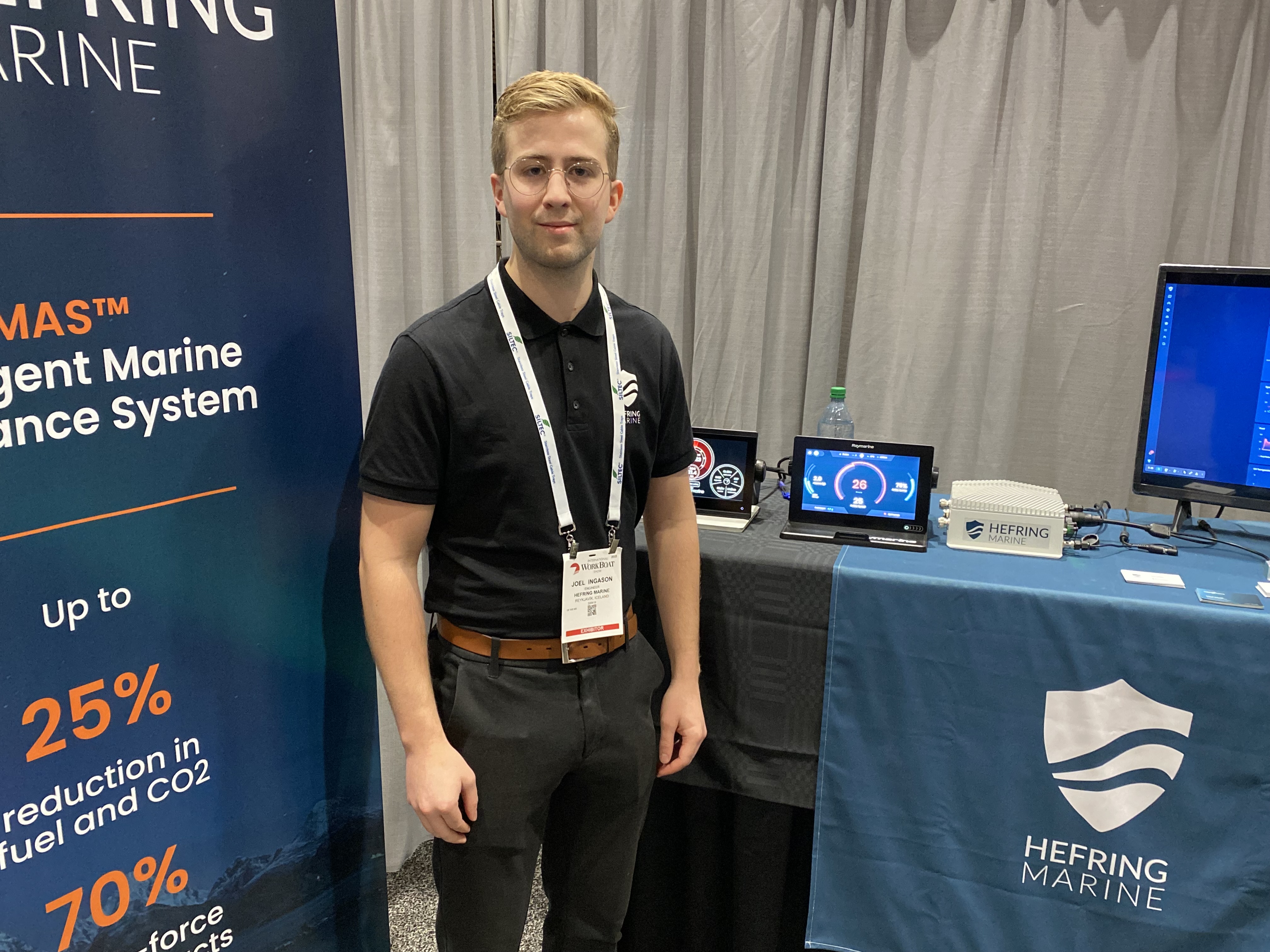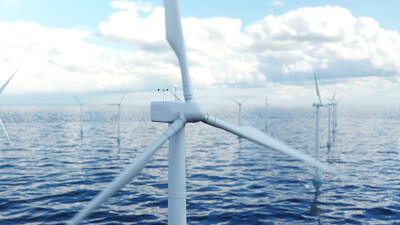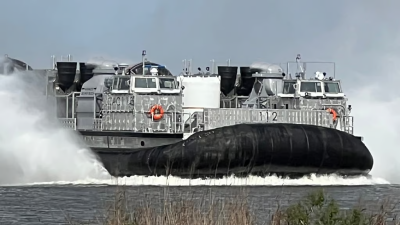Hefring Marine, Reykjavík, Iceland, was founded four years ago, with their intelligent marine assistance system (IMAS) initially hitting the market early this year, with their customer base mostly in Europe and growing in the U.S.
At the International WorkBoat Show, Hefring Marine’s Embedded Systems Engineer Jóel Ingason spoke with WorkBoat.com and explained the company’s main offering and how it utilizes technology like artificial intelligence and machine learning to improve safety and optimize fuel consumption.
At its core, Hefring Marine’s IMAS solution is used to monitor speed and fuel usage of a vessel. For speed, this is particularly useful for more inexperienced drivers and captains, though everyone can certainly reap benefits. Using artificial intelligence and machine learning, the interface can report back optimal speeds relative to your current speed, while also learning tendencies from specific drivers as the machine learning creates a more customized experience for the user. Similarly, the interface also monitors fuel usage to ensure the most efficient journey possible. While there are other fuel optimization tools on the market, ingason said Hefring Marine separates themselves with AI and machine learning aspects, taking into account things like weather, passengers, and other variable information rather than having to rely on confusing and bulky Excel sheets.
All of this can be utilized to both increase safety on board and save money. In addition to the fuel and speed monitoring, the IMAS solution also includes a real-time wave impact gauge, and will soon feature vibration monitoring as well. This will also go towards reducing the impact these trips can have on passengers, as well as the impact on the boat itself.
Fleet and vessel owners can also reap financial savings with the solution, both from the wave impact reporting as well as their fleet management reporting. With that, fleet managers can both monitor speed and fuel efficiency of multiple vessels at once from a remote location, but can also receive key maintenance information to ensure work that needs to be done is completed in a timely manner.
With all of the features currently included in Hefring Marine’s solutions, customers are already seeing concrete benefits from utilizing the technology. The fuel monitoring system can provide a 25% savings in fuel consumption and CO2 emissions, which is very importatnt right now with fuel prices rising over the last year. Meanwhile, the wave impact gauge can lead to a 70% reduction in wave slamming impacts, and all told the solution can lead to as much as a 20% savings in insurance premiums.
While there’s a wide variety of vessel and fleet types that can benefit from this IMAS solution, Ingason specifically mentioned coast guards and navies, as well as other emergency services like firefighting and police departments. Not only do those all include fleets that can be managed with the solution, but IMAS can also balance the need of speed or fuel efficiency depending on the situation.





